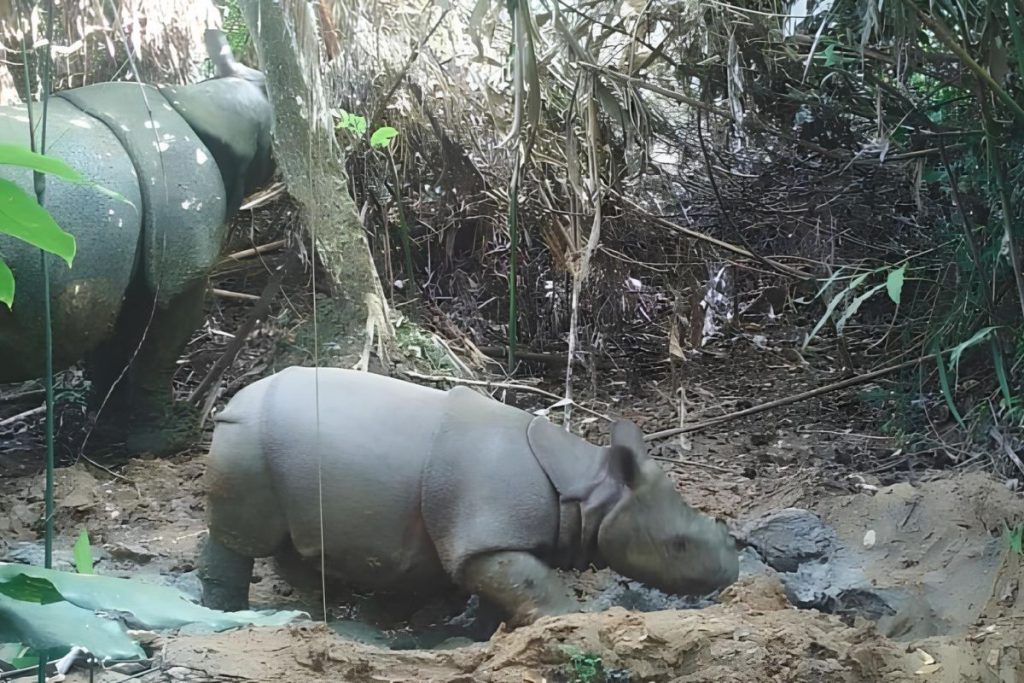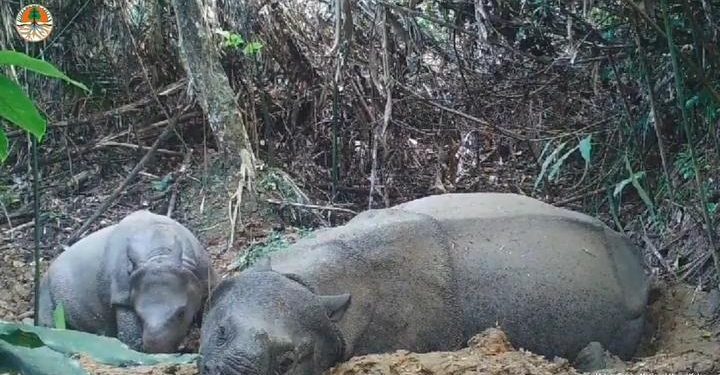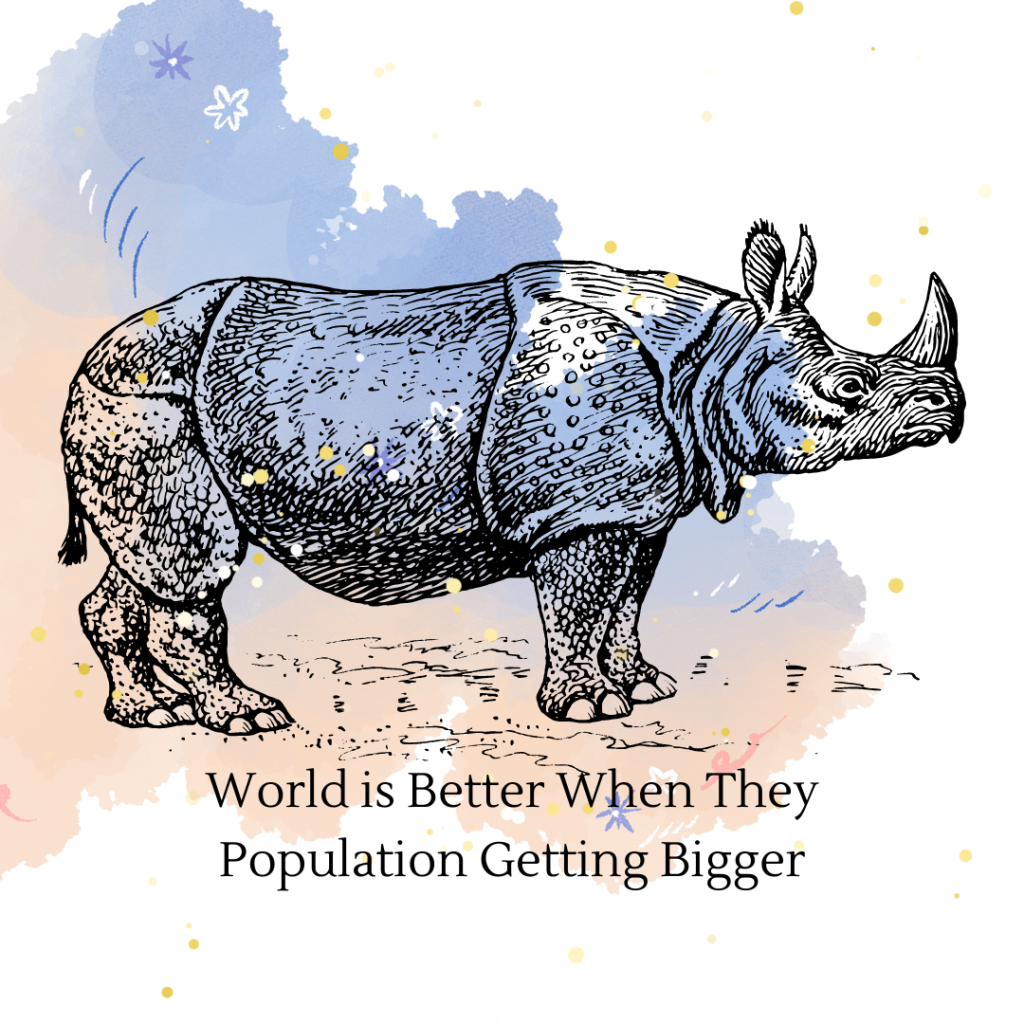
NIKKI Peucang Resort
The Best Beachfront Resort Within Reach of Jakarta

Javan Rhino Population Continues To Grow
The Javan Rhino Monitoring Team entered the wilderness of Ujung Kulon National Park to carry out its duties. The team consists of six people, ready with supplies to explore and stay in the forest for 10 to 15 days. In the middle of the forest, they found something unusual footprints of a rhino. The team confirmed that these were the footprints of a rhinoceros named Kasih. Normally, Kasih’s hind and front paw prints should not separate too far. There was something that hindered his footsteps so he couldn’t walk normally. Kasih is most likely pregnant.

In February 2023, Kasih was caught in a camera trap. The recording results show that Kasih is indeed pregnant. This is Kasih’s fourth pregnancy. Kasih’s previous three children were Duba/ID 053.2013, Wira/ID 074.2015, and Sekar/ID 086.2021. In October 2023, the Ministry of Environment and Forestry distributed footage of Kasih’s child, who was estimated to have been born and was eight months old. This child has not been given a name but has been marked with the code 092.2023. Kasih is a rhino that has many children. Another female rhinoceros named Menur is Kasih’s rival in producing baby rhinos.
The birth of a Javan rhino calf is good news for the world. Baby rhinos in Ujung Kulon National Park are recorded as continuing to be born. In 2021 and 2022, a total of 8 Javan rhino calves were born. At the end of 2023, only 1 rhino calf, Kasih’s fourth calf, was recorded as being born. These newborn baby rhinos increase the population of Javan rhinos in Ujung Kulon National Park to 81, with a ratio of 41 female rhinos and 40 male rhinos.
